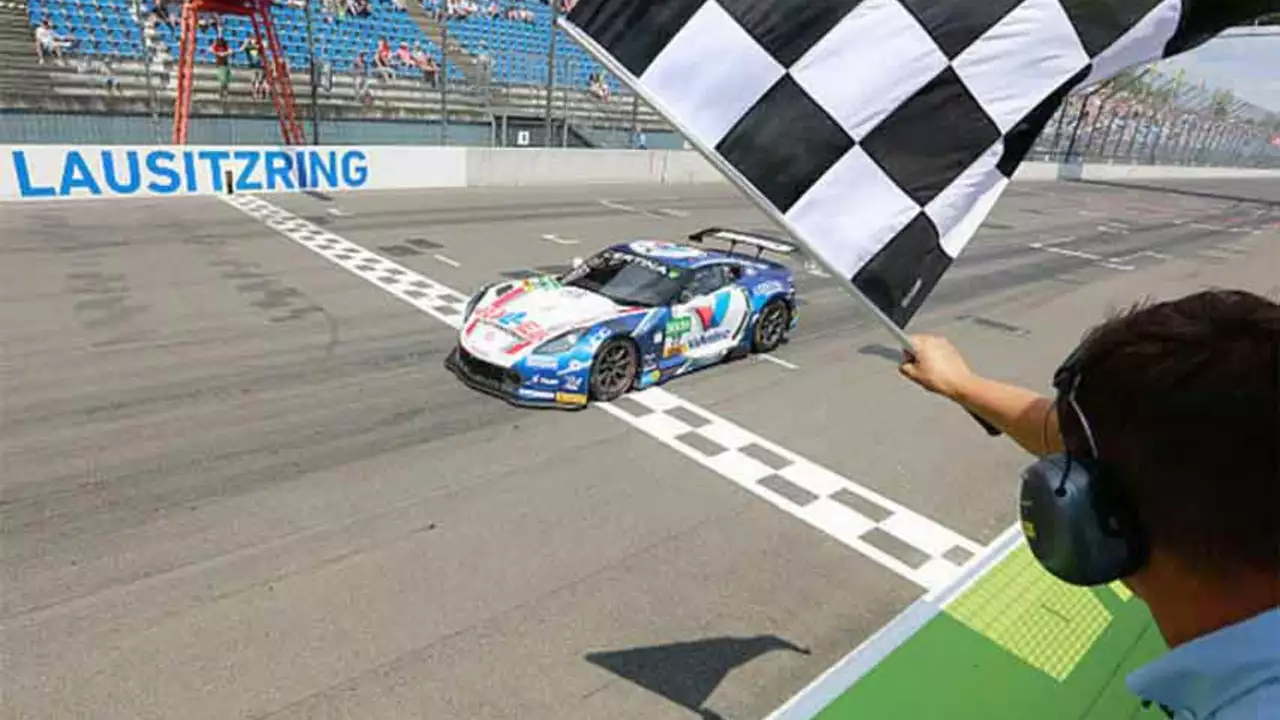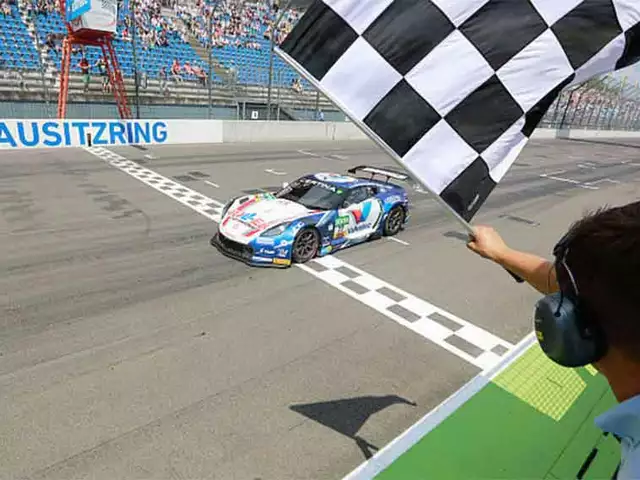

The Basics of Racing at Le Mans
Let's start with an overview of what racing at Le Mans actually entails. Le Mans is a world-renowned endurance race that has been held annually since 1923. It's known for its grueling 24-hour duration and the high level of strategy involved in maintaining a balance between speed and the need to preserve the car for the full race. This is not a race where you can simply go flat out from start to finish. It's a test of endurance, strategy, and skill.
Understanding the Race Strategy
Now that we know a bit about the race itself, let's delve deeper into the strategy behind it. One of the primary reasons cars slow down before the finish at Le Mans is due to the race strategy. Teams must carefully manage their fuel, tires, and car condition over the lengthy race. Slowing down before the finish line can help conserve these resources, particularly if a team is in a good position and doesn't need to push hard for a better one.
The Importance of Fuel Management
Fuel management is a critical aspect of racing at Le Mans. The amount of fuel a car can carry is limited, and pit stops for refueling take up valuable time. Therefore, teams must carefully manage their fuel consumption. Slowing down before the finish can be a strategy to save fuel and make fewer pit stops.
Preserving Tires
Just like fuel, tires are another crucial resource that teams need to manage throughout the race. The tires' degradation can affect the car's performance and safety. By reducing their speed before the finish, teams can extend the lifespan of their tires, allowing them to go longer between pit stops for tire changes.
Car Condition and Durability
Over the course of a 24-hour race, the condition of the car is bound to deteriorate. Pushing the car to its limits for the entire duration can lead to mechanical failures. Slowing down before the finish line can help to preserve the car's condition and ensure it can last the entire race.
The Role of the Driver
The driver plays a key role in this strategy. It's not just about driving fast, but also about understanding the car, the track, and the race strategy. The driver needs to know when to push hard and when to slow down to conserve resources. This often includes slowing down before the finish line.
Understanding the Track
The Le Mans track, also known as the Circuit de la Sarthe, is unique and complex. It includes a mix of public roads and a dedicated racing circuit. Understanding the nuances of this track is crucial, as it can impact the decision to slow down before the finish.
The Influence of Weather
Weather conditions can also influence the decision to slow down before the finish. For example, in wet conditions, slowing down can be a safer strategy to avoid accidents. Moreover, different weather conditions can affect the car's fuel consumption and tire degradation, which can in turn influence the race strategy.
The Impact of Race Regulations
Race regulations can also necessitate slowing down before the finish. For instance, there are rules about the maximum driving time for a driver, minimum pit stop times, and more. Drivers and teams need to be fully aware of these rules and incorporate them into their strategy.
Conclusion: The Art of Endurance Racing
As you can see, slowing down before the finish at Le Mans is not a sign of giving up. Rather, it's a tactical move, a part of the complex strategy that makes endurance racing such a fascinating sport. It's about much more than just speed; it's about endurance, strategy, and the skill of the driver and team.

Send Comment